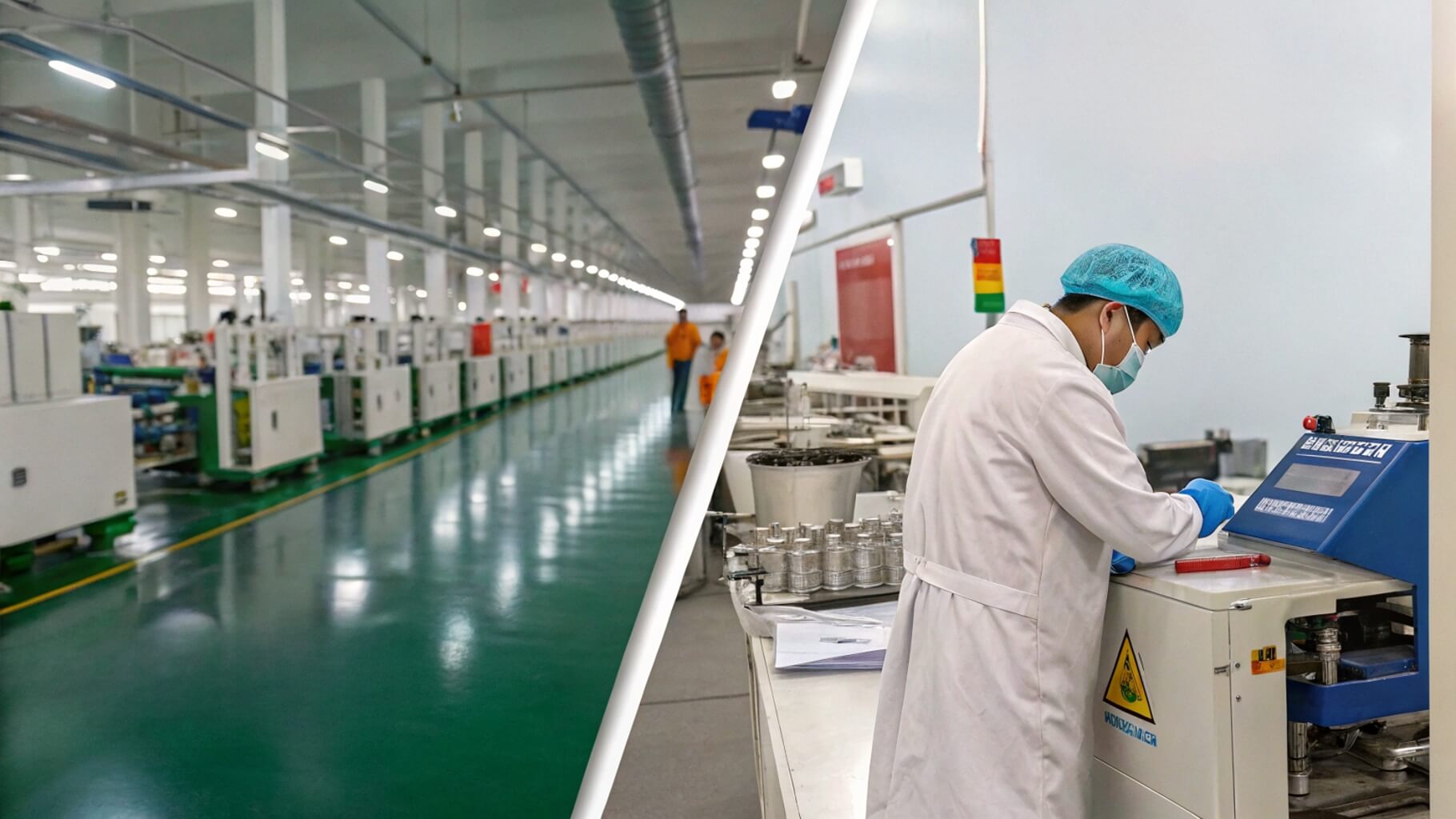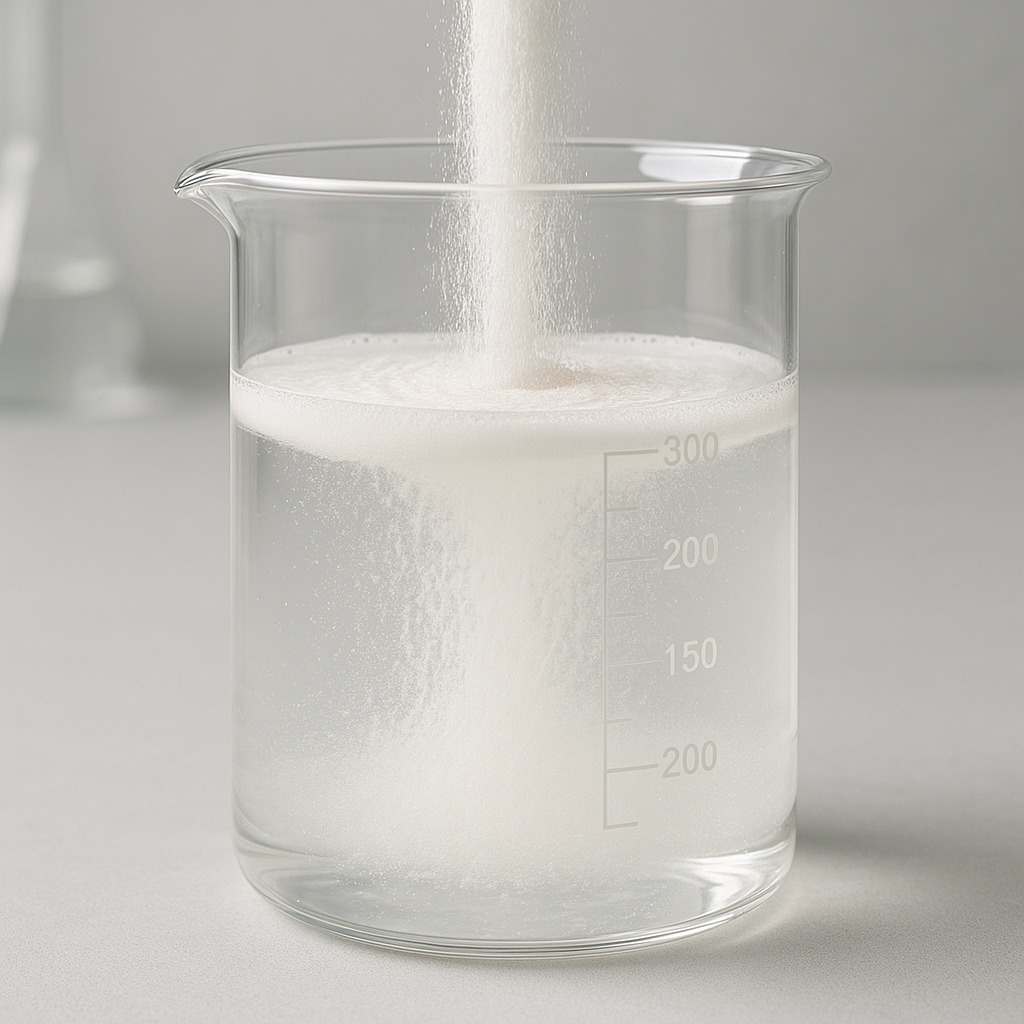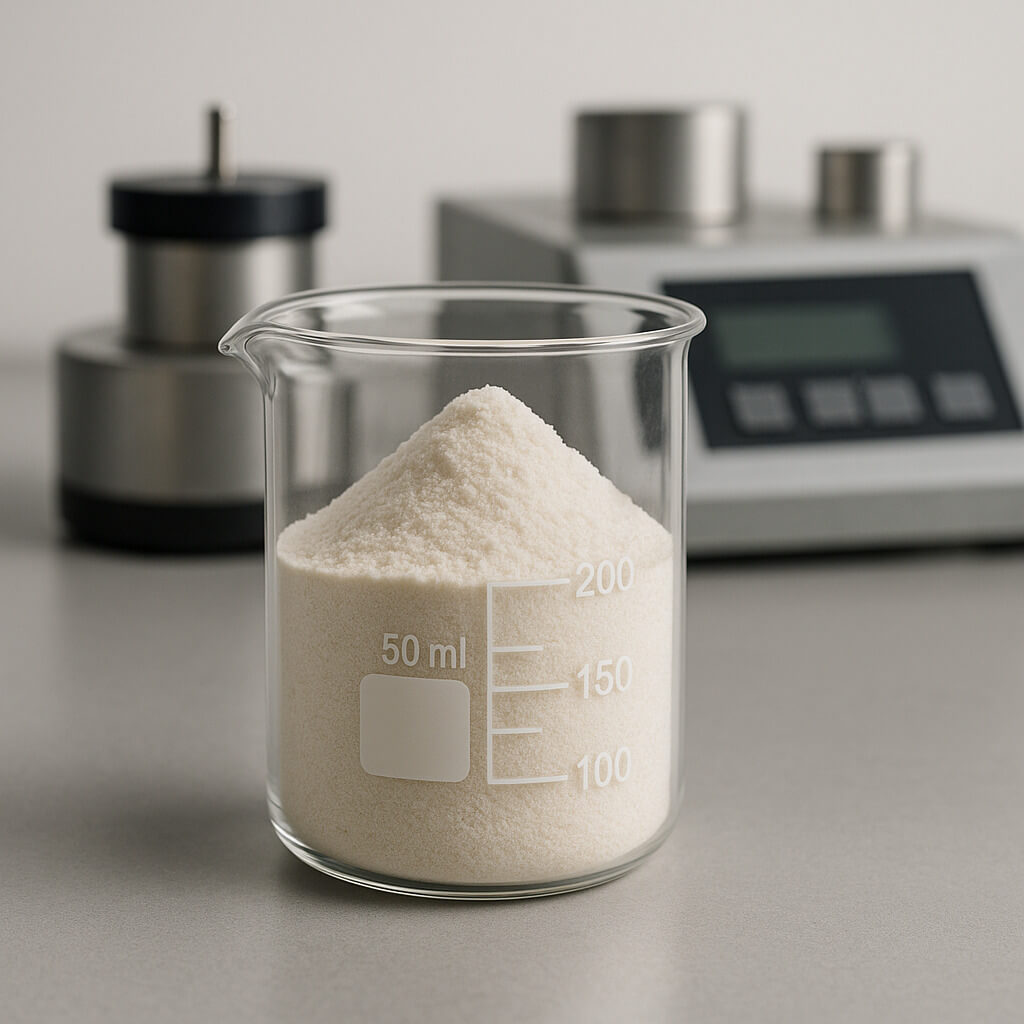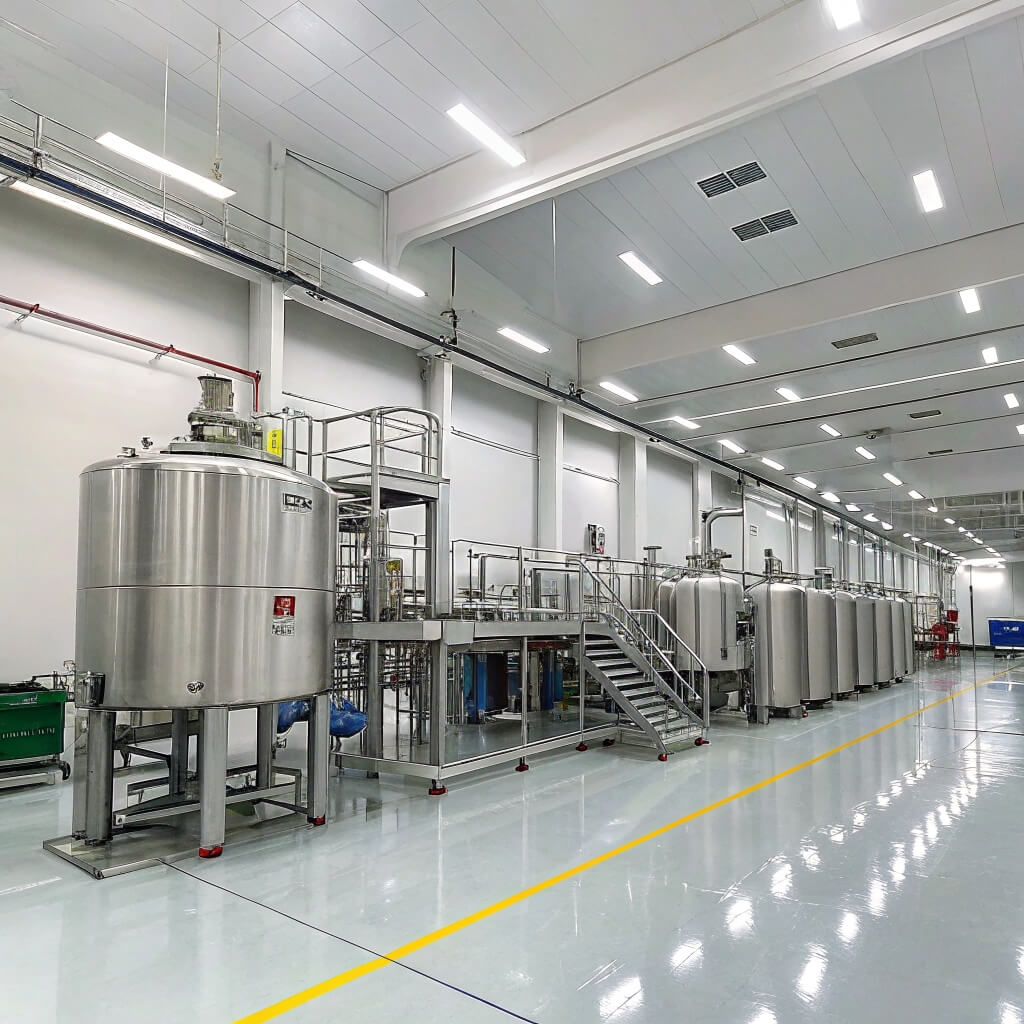Choosing the right Hydroxypropyl Methylcellulose (HPMC) supplier is critical for industries relying on consistent quality and supply stability. With China and India as the top global producers, buyers often struggle to determine which country offers better products.
China leads the global HPMC market with advanced production technology, stricter quality controls, and a stable supply chain, while India provides lower-cost alternatives with varying quality consistency. Understanding the differences between these two markets is essential for making an informed sourcing decision.

A side-by-side comparison of HPMC production and quality standards between China and India.
Both countries offer competitive pricing, established manufacturing facilities, and global export capabilities, but their approaches to production, regulatory compliance, and supply chain efficiency vary significantly. Below, we analyze these differences to help you make the best procurement choice.
What Are the Key Differences in HPMC Production Between China and India?
Both China and India are major producers of Hydroxypropyl Methylcellulose (HPMC), but their production capabilities, manufacturing processes, and technological advancements differ significantly. Understanding these differences is crucial for buyers looking to source high-quality and cost-effective HPMC.
China dominates the HPMC market with advanced production facilities, large-scale manufacturing, and strict quality controls, while India offers lower-cost alternatives with more variability in production consistency. These differences impact product reliability, supply chain efficiency, and overall market competitiveness.
1. Manufacturing Scale & Production Capacity
China has a well-developed HPMC industry with large-scale factories that cater to global demand. Major Chinese manufacturers operate high-output production lines with advanced automation, ensuring consistent quality and high production volumes. In contrast, India’s HPMC industry is still expanding, with many manufacturers operating on a smaller scale and using semi-automated processes, leading to potential quality fluctuations.
| Factor | China | India |
|---|---|---|
| Production Scale | Large-scale, high-output factories | Smaller production units |
| Technology Level | Advanced automation & process control | Semi-automated, manual processing |
| Global Market Share | >50% of global HPMC supply | Emerging market, lower share |
| Consistency | High batch-to-batch consistency | Variability across batches |
2. Raw Material Sourcing & Processing
- China benefits from an integrated supply chain for cellulose ether production, ensuring stable raw material costs and consistent quality.
- India relies more on imported raw materials, leading to price fluctuations and potential quality variations.
3. Regulatory Compliance & Quality Standards
Chinese HPMC manufacturers adhere to strict international standards, including USP, EP, JP, and ISO certifications. India also has manufacturers meeting global standards, but fewer companies are certified for pharmaceutical and food-grade applications, making China the preferred choice for regulated industries.
4. Innovation & R&D Investment
Chinese companies invest heavily in research and development (R&D), leading to:
- Better viscosity control.
- More specialized formulations for construction, pharmaceutical, and food applications.
- Improved water retention and adhesion properties.
Indian manufacturers are growing in innovation but lag behind China in product refinement and customization.
Chinese manufacturers offer higher production efficiency, stricter quality control, and greater market stability, while India provides lower-cost alternatives with potential quality variability. Next, let’s compare the quality differences between HPMC produced in China and India.
How Does the Quality of HPMC Compare Between China and India?
HPMC quality varies significantly between Chinese and Indian manufacturers, impacting performance, consistency, and regulatory compliance. Buyers looking for stable viscosity, purity, and batch consistency must carefully assess suppliers from both countries.
China produces higher-quality HPMC due to stricter quality control measures, better raw material sourcing, and adherence to international pharmaceutical and food-grade standards. While India offers cost-effective alternatives, quality variations between batches remain a common concern.
1. Batch Consistency & Purity
Chinese manufacturers maintain high batch-to-batch consistency, ensuring reliable viscosity and purity. This is due to:
- Automated production lines minimizing human error.
- Advanced filtration and drying techniques preventing contamination.
- Tighter process control measures ensuring stability.
In contrast, many Indian manufacturers rely on semi-automated production, which may result in:
- Higher impurity levels affecting solubility and performance.
- Variations in viscosity due to inconsistent processing techniques.
- Potential cross-contamination risks in pharmaceutical and food-grade HPMC.
2. Regulatory Compliance & Certifications
| Quality Factor | China | India |
|---|---|---|
| USP, EP, JP Compliance | Widely available | Limited availability |
| ISO & GMP Certifications | Common among manufacturers | Some manufacturers certified |
| REACH & FDA Compliance | Available for exports | Fewer companies meet standards |
| Batch-to-Batch Stability | High | Variable |
Chinese suppliers often have GMP-certified facilities and comply with USP, EP, and JP standards, making them suitable for pharmaceutical and food applications. Indian manufacturers may lack global regulatory approvals, limiting their use in highly regulated industries.
3. Performance in Industrial & Construction Applications
- China’s HPMC excels in water retention, adhesion strength, and workability, making it ideal for tile adhesives, self-leveling compounds, and cement-based mortars.
- Indian HPMC is functional but may require additional additives to match the performance of Chinese products, leading to higher overall formulation costs.
4. Testing & Quality Assurance
Chinese manufacturers invest in third-party laboratory testing and provide Certificates of Analysis (COA) with detailed moisture content, particle size distribution, and viscosity reports. In contrast, Indian suppliers may offer limited documentation, requiring buyers to conduct independent testing.
Buyers prioritizing stability, purity, and regulatory compliance prefer Chinese HPMC, while cost-driven purchases may consider Indian suppliers with additional quality screening measures. Next, let’s explore the cost differences in HPMC production and pricing between China and India.
What Are the Cost Differences in HPMC Production and Pricing?
Pricing plays a significant role when choosing between Chinese and Indian HPMC suppliers. While India is often perceived as a lower-cost option, China offers better cost-to-quality balance, advanced manufacturing, and stable supply chains.
HPMC pricing differences between China and India are driven by raw material costs, production efficiency, quality control, and regulatory compliance. Understanding these factors helps buyers secure the best deal while maintaining product performance.
1. Raw Material Costs & Availability
China has a well-integrated supply chain for cellulose ether production, allowing for stable and lower raw material costs. India, on the other hand, often imports raw materials, leading to fluctuating costs and potential supply delays.
| Cost Factor | China | India |
|---|---|---|
| Raw Material Costs | Lower due to local availability | Higher due to imports |
| Production Efficiency | High (automated processes) | Medium (semi-automated processes) |
| Quality Control & Testing | Strict batch testing | Less rigorous consistency checks |
| Regulatory Compliance Costs | Higher (ISO, GMP, USP, EP) | Lower (fewer certifications) |
2. Production & Processing Costs
- China benefits from large-scale production, using fully automated equipment, reducing labor and operational expenses per unit.
- India relies more on manual labor, which reduces upfront costs but can lead to inconsistent batch quality and additional reprocessing expenses.
3. Final HPMC Price Per Metric Ton
| HPMC Grade | China Price (USD/MT) | India Price (USD/MT) |
|---|---|---|
| Industrial Grade (Construction Use) | $2,000 – $3,000 | $1,500 – $2,500 |
| Pharmaceutical Grade | $4,000 – $6,500 | $3,000 – $5,000 |
| Food Grade | $3,500 – $5,500 | $3,000 – $4,500 |
- Industrial-grade HPMC from India is cheaper, but often requires additional additives to match China’s quality.
- Pharmaceutical and food-grade HPMC from China meets stricter regulations, making it a more reliable choice for high-purity applications.
4. Hidden Costs to Consider
Indian suppliers may offer lower upfront prices, but buyers should factor in:
- Higher freight costs due to longer lead times and port congestion.
- Batch inconsistencies requiring additional quality checks.
- Longer negotiation and supplier verification processes.
- Potential rejections due to missing international certifications.
Buyers prioritizing cost alone may find India appealing, but those needing consistent quality, stable pricing, and compliance certifications often prefer China’s HPMC manufacturers. Next, let’s analyze how China and India compare in HPMC supply chain and logistics.
How Do China and India Compare in HPMC Supply Chain and Logistics?
Supply chain reliability is a crucial factor when sourcing Hydroxypropyl Methylcellulose (HPMC). Delays, inefficient logistics, and poor handling can disrupt production schedules and increase costs.
China has a more developed and efficient HPMC supply chain than India, offering faster lead times, better logistics infrastructure, and consistent global exports. India, while improving, faces challenges related to port congestion, shipping delays, and inconsistent freight pricing.
1. Production & Export Capacity
China has high-output HPMC manufacturing facilities, allowing for faster production cycles and larger export volumes. Indian factories operate on a smaller scale, often leading to longer lead times for bulk orders.
| Factor | China | India |
|---|---|---|
| Production Output | High (large-scale factories) | Medium (smaller units) |
| Lead Time | 2–4 weeks | 4–6 weeks |
| Bulk Order Handling | Efficient | May require staggered shipments |
| Export Volume | >50% of global HPMC supply | Growing but lower than China |
2. Shipping & Freight Costs
Freight and logistics affect the total landed cost of HPMC. While India may offer lower product pricing, shipping inefficiencies can offset cost savings.
| Shipping Factor | China | India |
|---|---|---|
| Port Efficiency | Modern, high-volume ports | Port congestion, longer processing times |
| Shipping Costs | Competitive due to high export volume | Fluctuates due to limited export routes |
| Container Availability | Readily available | Seasonal shortages |
| Customs Clearance | Well-structured, predictable | May face unexpected delays |
3. Supply Chain Disruptions
- China benefits from a robust logistics network, ensuring smooth inland transportation from manufacturing hubs to major ports.
- India experiences frequent shipment delays due to port congestion, customs processing inefficiencies, and container shortages.
4. Flexibility in Order Processing
Chinese manufacturers offer:
- More flexible MOQs (Minimum Order Quantities).
- Custom packaging & labeling services for global buyers.
- Faster turnaround times for sample requests and bulk orders.
Indian manufacturers may have longer processing times for customized orders, affecting procurement planning.
5. Risk Management & Backup Strategies
Chinese suppliers provide more stable pricing, shorter lead times, and a well-established export infrastructure, reducing supply chain risks. Indian suppliers can be cost-effective but require proactive logistics planning to mitigate potential delays.
For buyers needing consistent lead times, predictable shipping costs, and reliable logistics, China is the preferred choice. However, if price sensitivity outweighs logistical concerns, India remains an alternative option.
Next, let’s explore the strengths and weaknesses of HPMC suppliers in each country.
What Are the Strengths and Weaknesses of HPMC Suppliers in Each Country?
Selecting the right Hydroxypropyl Methylcellulose (HPMC) supplier requires evaluating both the strengths and weaknesses of manufacturers in China and India. While both countries are key players in the global market, they offer different advantages and challenges.
China offers high-quality, large-scale production with advanced technology, while India provides cost-effective alternatives with varying quality consistency. Understanding these differences helps buyers make informed sourcing decisions.
1. Strengths of Chinese HPMC Suppliers
China has dominated the HPMC industry due to its well-established supply chain, cutting-edge technology, and regulatory compliance.
✔ Advanced Manufacturing Technology – Automated production ensures high batch consistency and purity.
✔ Strong Quality Control – Compliance with USP, EP, JP, and ISO standards makes Chinese HPMC suitable for construction, pharmaceutical, and food applications.
✔ High Production Capacity – Large-scale factories enable bulk order fulfillment with short lead times.
✔ Reliable Supply Chain & Logistics – Efficient port operations and international shipping networks reduce transit times.
✔ Customization & Technical Support – Many suppliers offer formulation adjustments, viscosity modifications, and application-specific recommendations.
2. Weaknesses of Chinese HPMC Suppliers
❌ Higher Prices for High-Purity Grades – Pharmaceutical and food-grade HPMC from China costs more than Indian alternatives due to strict quality control.
❌ MOQ (Minimum Order Quantity) Requirements – Some manufacturers require bulk orders, making it harder for small buyers to place trial orders.
❌ Fluctuating Raw Material Costs – Global cellulose price shifts can impact production costs, occasionally raising supplier prices.
3. Strengths of Indian HPMC Suppliers
India has emerged as a cost-effective alternative for buyers seeking lower prices with basic quality standards.
✔ Lower Cost – Industrial-grade HPMC costs 10-20% less than Chinese alternatives.
✔ Flexible MOQs – Some Indian suppliers accept smaller orders, making them attractive for new market entrants.
✔ Growing Export Market – The Indian chemical industry is expanding, with increasing investments in HPMC production capacity.
4. Weaknesses of Indian HPMC Suppliers
❌ Inconsistent Quality & Batch Variability – Semi-automated processes can lead to viscosity fluctuations and impurity levels affecting performance.
❌ Limited Compliance with Global Standards – Fewer manufacturers hold USP, EP, and GMP certifications, making them unsuitable for pharmaceutical and food applications.
❌ Longer Lead Times & Shipping Delays – Port congestion and logistics inefficiencies cause shipment delays compared to China.
❌ Weaker Technical Support & Customization – Many Indian manufacturers lack in-depth application expertise, requiring buyers to conduct additional testing.
5. Which Supplier Type Fits Your Needs?
- For buyers prioritizing quality, batch consistency, and regulatory compliance, China is the preferred choice.
- For cost-sensitive buyers willing to conduct additional quality control, India may offer price advantages.
China offers better overall quality, supply chain stability, and industry expertise, while India provides budget-friendly solutions with some trade-offs in consistency. Next, let’s determine which country is the best fit for your specific HPMC sourcing needs.
Which Country Should You Source HPMC From? A Decision Guide
Choosing between China and India for Hydroxypropyl Methylcellulose (HPMC) sourcing depends on multiple factors, including quality expectations, budget constraints, and industry requirements. Selecting the wrong supplier could lead to production inefficiencies, regulatory issues, or supply chain disruptions.
China is the best choice for buyers prioritizing quality, regulatory compliance, and reliable supply, while India offers lower-cost alternatives with trade-offs in consistency and logistics. Below is a structured decision guide to help you make the right choice.
1. Comparison of Key Sourcing Factors
| Factor | China | India |
|---|---|---|
| Quality Consistency | High (Automated production) | Medium (Semi-automated, variable) |
| Regulatory Compliance | USP, EP, JP, ISO, GMP, REACH | Limited certifications |
| Production Capacity | Large-scale, global supplier | Smaller, growing industry |
| Lead Time | 2–4 weeks | 4–6 weeks |
| Customization & Technical Support | Strong | Limited |
| Price | Higher for premium grades | Lower overall |
| Logistics Efficiency | Strong global network | Prone to port delays |
| MOQ (Minimum Order Quantity) | Often higher | More flexible |
2. Who Should Source HPMC from China?
✔ Companies requiring pharmaceutical or food-grade HPMC (due to stringent regulatory compliance)
✔ Businesses needing stable batch-to-batch consistency (construction, coatings, pharmaceuticals)
✔ Buyers prioritizing supply chain reliability with faster shipping and predictable logistics
✔ Procurement teams seeking technical support and product customization
3. Who Should Source HPMC from India?
✔ Cost-sensitive buyers willing to trade some quality consistency for lower prices
✔ Small-scale businesses needing low MOQs or pilot production orders
✔ Industrial applications where minor variations in viscosity and purity are acceptable
✔ Buyers with flexible lead times and independent quality control capabilities
4. Final Considerations Before Choosing a Supplier
- Regulatory needs: If compliance with USP, EP, JP, or food safety standards is required, China is the safer choice.
- Bulk purchasing needs: China handles large-scale orders more efficiently, while India is better suited for smaller orders.
- Logistics concerns: Chinese suppliers provide faster and more stable delivery, reducing risks of port congestion.
- Customization requirements: If your application requires specific viscosity levels or formulation adjustments, China provides stronger technical support.
For buyers looking to secure high-quality, stable HPMC supply, China remains the top choice. However, if cost reduction is the primary factor, India offers competitive pricing with necessary quality verification. Evaluate your needs carefully before making a decision.
FAQ
Who is the manufacturer of HPMC?
Several manufacturers produce Hydroxypropyl Methylcellulose (HPMC) globally, with China and India being the largest producers. Leading Chinese manufacturers include Shandong Head Co., Ltd., LOTTE Fine Chemicals, Ashland China, Shin-Etsu (China Operations), and Morton. Indian manufacturers are also growing in presence, but fewer meet pharmaceutical and food-grade standards. Buyers should verify certifications, batch consistency, and export experience when selecting a supplier.
What is the difference between HPMC and HEMC?
HPMC (Hydroxypropyl Methylcellulose) and HEMC (Hydroxyethyl Methylcellulose) are both cellulose ethers but differ in their chemical modification and performance properties:
| Property | HPMC | HEMC |
|---|---|---|
| Chemical Structure | Contains hydroxypropyl groups | Contains hydroxyethyl groups |
| Water Retention | High | Higher than HPMC |
| Solubility | Water-soluble, forms stable solutions | Water-soluble, better stability in high-alkaline environments |
| Application | Used in construction, pharmaceuticals, food, and coatings | Preferred in cement-based products and gypsum applications |
HPMC is widely used in pharmaceuticals and food industries, while HEMC is more common in cement-based materials due to its enhanced alkali resistance.
What is the difference between HPMC and MHEC?
HPMC (Hydroxypropyl Methylcellulose) and MHEC (Methyl Hydroxyethyl Cellulose) have similar functions but differ in their chemical composition and performance:
| Property | HPMC | MHEC |
|---|---|---|
| Chemical Structure | Contains hydroxypropyl groups | Contains methyl and hydroxyethyl groups |
| Water Retention | High | Slightly higher than HPMC |
| Gel Temperature | Lower | Higher, offering better stability in high-temperature environments |
| Application | Used in pharmaceuticals, food, construction, coatings | More commonly used in construction materials like cement mortar and tile adhesives |
MHEC is often used in high-temperature construction applications, while HPMC is preferred for pharmaceutical and food formulations where purity is essential.




